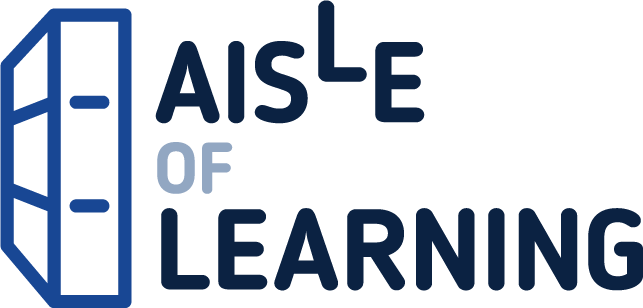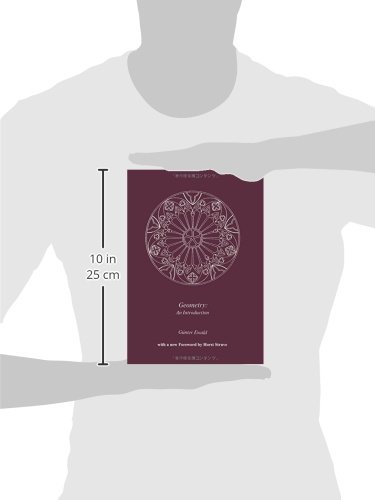One of the insights that arose not long after Hilbert’s Foundations of Geometry was that it is possible to build geometry without notions of order or continuity. An essential tool in this direction was the calculus of reflections, an idea that owes much to Hjelmslev. Bachmann later deepened the study of reflection geometry in a systematic way and coined the concept of a metric plane, a structure that captures the core of the orthogonality properties common to the Euclidean and the classical non-Euclidean planes. All Hilbert planes, i. e. all models of the plane axioms of Hilbert’s axiom system, without the parallel axiom and the continuity axioms, turn out to be metric planes. Metric planes can be embedded in projective-metric planes, and thus can also be described analytically, i. e. in terms of coordinates. Reflection geometry emphasizes the interplay between geometry and group theory. This “Introduction” by Ewald occupies a singular place in the English language literature. Ewald’s book treats a central topic of geometry, the theory of metric planes in Bachmann’s sense. It makes this theory accessible to readers of English, in a systematic manner, through an axiomatic-deductive approach. Hyperbolic and elliptic geometries are also treated as substructures of a circle geometry, the Mobius geometry. This geometry is also introduced axiomatically by using an axiom system of van der Waerden.
Geometry An Introduction
$49.95
This book provides an in-depth study of geometry, enhancing the student’s mathematical understanding and problem-solving skills.
Additional information
| Weight | 0.712 lbs |
|---|---|
| Dimensions | 17.8 × 2.4 × 25.4 in |








Reviews
There are no reviews yet.